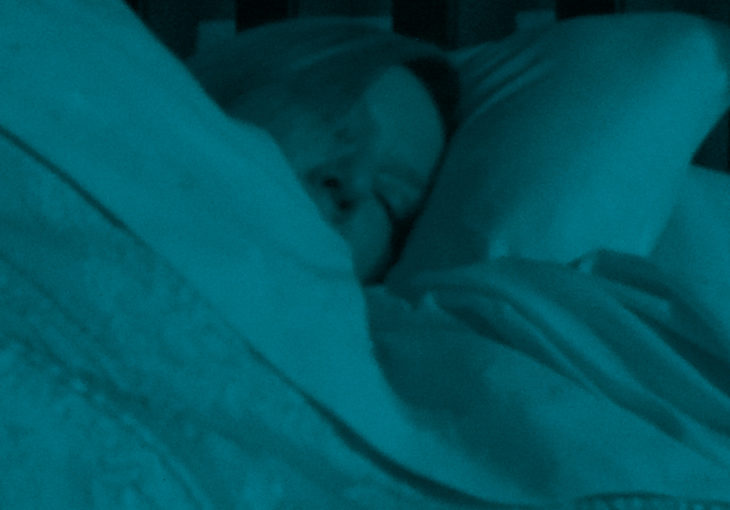There is an established connection between stroke risk and sleep disorders, but arriving at the best approach for treating sleep disorders as a method to prevent stroke and other brain cerebrovascular disease is complicated.
Four researchers presented their perspectives on this underdiagnosed and undertreated stroke risk factor on the final day of the International Stroke Conference during a panel discussion moderated by Dr. Clodagh Ryan, assistant professor of medicine, Toronto Rehabilitation Institute, University of Toronto, and Dr. Devin Brown, professor of neurology, University of Michigan.
“Sleep occurs universally across species and is as integral to health as food and water,” said Dr. Sandeep Khot from the University of Washington. However, he noted there is a relatively low rate of sleep testing done on stroke patients, the consequences of which could be recurrent stroke or worse stroke outcomes.
The population-based Women’s Health Initiative evaluated sleep duration and the risk of Ischemic Stroke among a group of more than 93,000 post-menopausal women. Women who slept an average of seven hours a night had the lowest stroke risk, while those who slept eight or nine hours saw a 25% and 70% increased risk of stroke respectively. A meta-analysis of six other studies showed that shorter sleep durations of five or six hours showed a more modest increase in stroke risk, but a similar 65% increased risk for those with long sleep duration.
Sleep disordered breathing, the most common being obstructive sleep apnea, is estimated to affect over two-thirds of stroke survivors. It also appears to be an independent risk factor for stroke, increasing risk of stroke by two-fold. Obstructive sleep apnea is also associated with a two-fold increased rate of death from stroke. However, only around 6% of stroke survivors are offered sleep testing and those who do receive testing may not present with the most common symptoms used to screen patients.
Dr. Khot explained that current guidelines do not recommend routine sleep screening after stroke, leaving physicians to determine who and how to screen.
While better screening for sleep disorders may help prevent stroke, there are even greater challenges when it comes to addressing the social determinants of health that can contribute to disordered sleep. Dr. Breana Taylor, vascular neurologist at the University of Washington, delved into the impact that a patient’s neighborhood and built environment can have on their overall health, including sleep hygiene and stroke risk.
Nocturnal environmental noise can have a significant impact on sleep architecture and quality, as well as cardiovascular risk. The level of noise can be the result of a variety of factors including local policies and population density, as well as other characteristics that have some positive health implications, including walkability and more opportunities for social engagement. It is often neighborhoods that are predominately lower income and racial and ethnic minorities, the result of residential segregation, that are disproportionately affected by sleep disturbances.
Promoting health equity requires researchers to better understand the complex interplay of systemic issues, including a patient’s built environment.
Sleep disorders are also closely correlated with dementia and Alzheimer’s disease and the correlation may be bidirectional, according to Matthew Pase, PhD, associate professor of neurology at The Turner Institute for Brain and Mental Health and Monash University in Australia. More than 40% of patients with Alzheimer’s disease also have obstructive sleep apnea. The association between obstructive sleep apnea and dementia is mixed, although poor overall sleep quality and longer sleep times does appear to increase dementia risk. He believes that more research is needed to tease apart the contributions of poor sleep to cerebrovascular disease.
More information: How to get better sleep amid the pandemic – and why you should
Sleep disorders plague stroke survivors – and put them at risk
